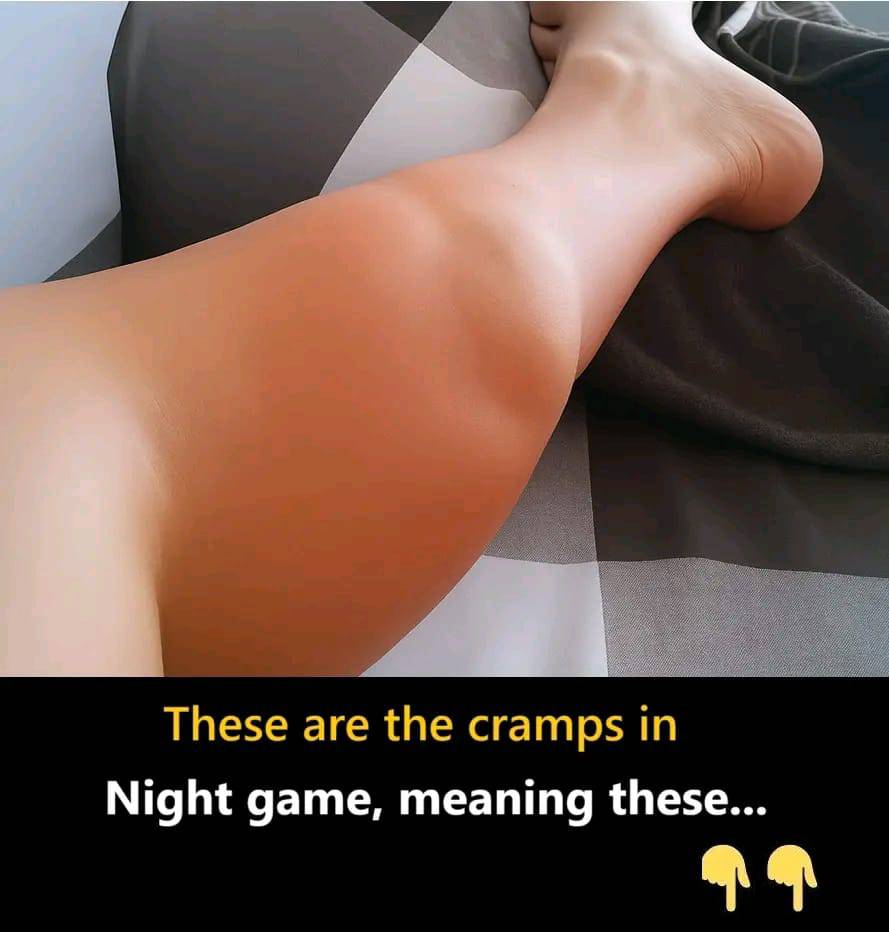introduction Night cramps, also known as nocturnal leg cramps, are sudden, painful contractions of the muscles—often in the calf, foot, or thigh—that occur during the night, jolting people out of sleep. Although generally harmless, these cramps can significantly disrupt sleep and reduce quality of life. Understanding who is most at risk and how to prevent night cramps is key to managing and reducing their occurrence. In this comprehensive guide, we’ll explore the causes, risk factors, prevention strategies, and treatments to help you sleep soundly and avoid painful nighttime interruptions.
High CPC Keywords (included naturally):
leg cramp relief, causes of muscle cramps, nocturnal leg cramp treatment, magnesium deficiency symptoms, potassium rich foods, hydration importance, best stretching exercises, sleep quality improvement, prevention of night cramps, muscle relaxation techniques
Who Is Most at Risk of Night Cramps?
1. Older Adults and Aging Population
Night cramps become more common with age. Adults over 50—particularly those in their 60s and beyond—frequently report nocturnal leg cramps. Age-related changes in muscle mass, nerve function, and circulation contribute to increased susceptibility. As muscles lose elasticity and blood flow diminishes, cramps become more frequent. Dehydration and electrolyte imbalances (low magnesium or potassium) are also more common in older adults, further elevating risk. Due to these physiological changes, older adults are a primary at‑risk group.
2. Pregnant Women
Pregnancy dramatically increases the likelihood of night cramps, especially in the third trimester. Common contributing factors include increased pressure on blood vessels and nerves, weight gain, and shifts in electrolyte balance. Expectant mothers may experience leg cramps often during nighttime, affecting restful sleep. Ensuring adequate intake of essential nutrients like magnesium and calcium, and staying hydrated, are critical during pregnancy to help prevent cramps.
3. Athletes and Physically Active Individuals
Intense physical activity, especially endurance training or long runs, puts athletes—runners, cyclists, and dancers—at higher risk of night cramps. Overuse of muscles can cause fatigue and increased likelihood of nocturnal spasms. Dehydration and depletion of electrolytes (such as sodium, potassium, and magnesium) during exercise place active individuals at risk. Inadequate recovery time or poor stretching habits can also contribute.
4. Individuals with Chronic Medical Conditions
Certain health conditions are linked to increased risk of night cramps:
- Diabetes: Peripheral neuropathy and blood sugar irregularities can cause nerve damage and circulation problems leading to cramps.
- Peripheral Arterial Disease (PAD): Reduced blood flow to the limbs can cause cramps, particularly in the calves or thighs at night.
- Kidney Disease: Electrolyte imbalances—especially low magnesium or calcium—are common in chronic kidney disease, increasing cramp risk.
- Thyroid Disorders: Hypothyroidism can lead to muscle fatigue and cramps due to slowed metabolism and fluid imbalances.
5. People with Electrolyte or Mineral Deficiencies
Magnesium, potassium, and calcium are essential for proper muscle function. Deficiencies can disrupt nerve signals, cause muscle hyperexcitability, and lead to cramps. Diets low in potassium‑rich foods (bananas, sweet potatoes), magnesium‑rich foods (nuts, whole grains, leafy greens), or calcium can predispose individuals to nocturnal muscle pain.
6. People with Poor Hydration
Inadequate fluid intake leads to dehydration, thickening of blood, poor circulation, and altered electrolyte balance. Anyone—regardless of age, health, or activity level—who fails to hydrate properly is more likely to experience night cramps. Hot climates, heavy sweating, or diuretic medications amplify this risk.
7. Individuals with Inadequate Stretching or Muscle Conditioning
Muscle tightness from lack of stretching—or sedentary lifestyles—can increase cramp frequency. Tight calf muscles are common culprits. People who sit for prolonged periods or don’t stretch regularly may develop muscle imbalances, trigger points, or stiffness that lead to nighttime cramps.
8. People Taking Certain Medications
Some medications are known to increase the risk of muscle cramps, including:
- Diuretics (water pills): Can cause loss of electrolytes like potassium and magnesium.
- Statins: May cause muscle pain or cramping (though rare).
- Beta‑agonists: Used in asthma treatment, may affect potassium levels.
- Hormone therapy or steroids: Can influence mineral metabolism and muscle excitability.
9. Individuals with Neuromuscular Disorders
Disorders affecting muscle function—such as Charcot‑Marie‑Tooth disease, amyotrophic lateral sclerosis (ALS), or other neuropathies—may increase risk of night cramps due to compromised nerve input or muscle control.
10. People Exposed to Cold or Nerve Irritation
Cold temperatures can cause muscles to tighten and become more prone to cramps. Similarly, nerve irritation from conditions like spinal stenosis or sciatica can disrupt signals and cause spasms.
Prevention Strategies for Night Cramps
Preventing nocturnal leg cramps often involves lifestyle, dietary, and behavioral adjustments. Below are key preventive measures.

